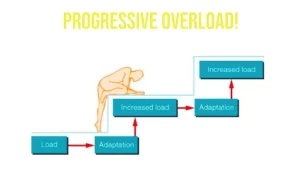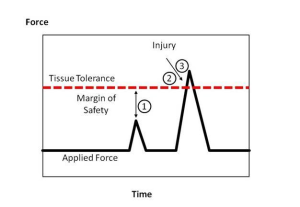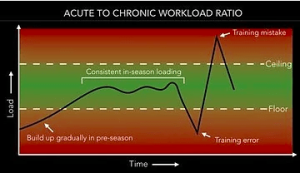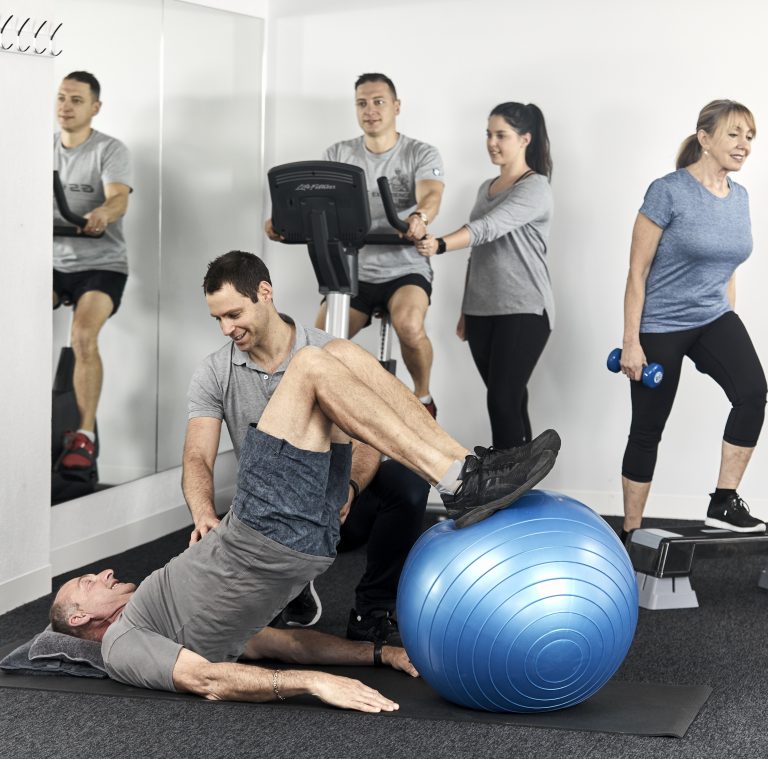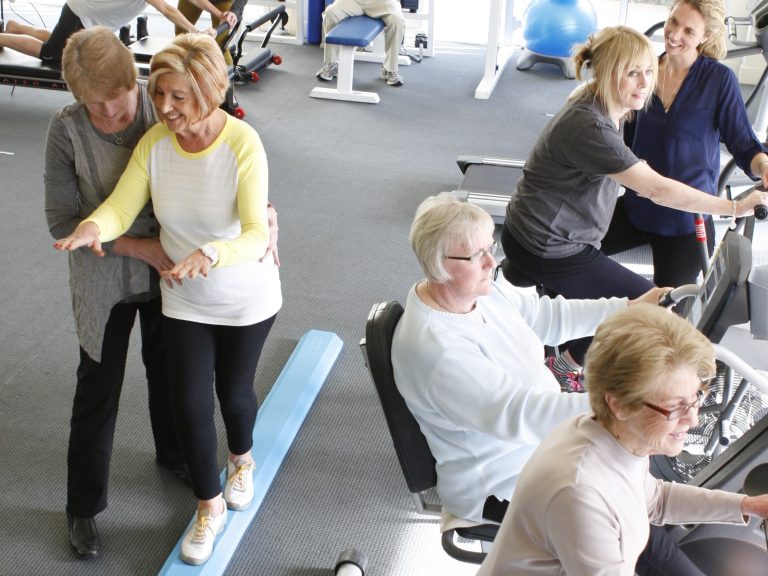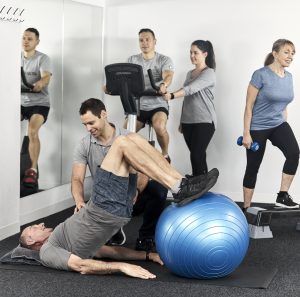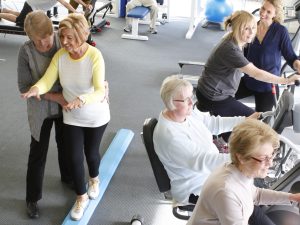You’ve just returned from summer holiday and the “start of January” is quickly turning into “mid-Jan” which will be “late Jan” before you know it. The ice from your summer cocktail is metaphorically melting away and that Byron tan you worked so hard for is starting to fade. Summer holidays are ending. But the saving grace is that with the assistance of the sweet smells of the summer air, you have curated new found energy and zest for life, that you can’t wait to utilise towards your fitness regime for 2024. Well…. maybe some of us anyway.
But in all seriousness, it is perfectly normal to have had a break from exercise and movement around the Christmas/summer period. But even with short breaks from your regular exercise routine, there is always a small risk in re-injuring yourself upon returning to your previous level of activity. I am here to help you in ensuring that if you are returning to fitness after a period of time off, that you do so in the safest and most efficient way possible. Here are my top 5 tips for returning to activity after Summer Break.
1. Don’t start where you left off
If you are to take one thing out of this article it’s this. If you are returning to exercise/movement after a period of relative rest, you should NOT immediately return to exercise at the same duration and intensity as what you were practising before the break. Even with short periods of relative rest, reducing your overall load by small amounts and gradually building your way back up is the best way to prevent all causes of injury. This isn’t just for your first session back, but gradually re-introducing your load can help in preventing acute injuries over the next few weeks and chronic injuries over the next few months and years.
Understanding load and how injuries occur
Load refers to any excessive stress that we place upon our bodies tissues (bones, tendons, muscles, ligaments and joints). Loading tissues is an important part of building resilience within our body, because when we load our tissues, they adapt to become stronger and more resilient. Conversely, when we don’t load our tissues adequately, they will shed cells and lose properties such as strength, elasticity and density, and therefore become less resilient to load and injury. For example, research shows that you can begin to lose muscle strength after just 3 weeks of not exercising.
When we think about injury risk, we think about total load, which is dependent on a number of factors including:
- Training volume (how much)
- Intensity (how hard)
- Frequency (how often)
- Type of exercise
- Habits/work factors/lifestyle factors
An injury occurs when there is a mismatch between the one’s load capacity and the imposed load within the system. This can be acute (over the last month) or chronic (over months to years).
When calculating load and injury risk, we tend to look at how much exercise you have done over the last week vs on average what you have done over the last month and try not to have this exceed 10%. I.e. if there is a sharp spike in what you have done over the last week compared to your monthly average, you are increasing your risk of injury. If you consistently train with sharp spikes, you are severely increasing your risk of injury.
2. Meet variety – your new and diverse friend
Most overuse injuries occur due to, well… over-use. That is repetitive strain to the one body part. So as you can imagine, one of the best ways to reduce your risk of overuse injury is to add variety into your exercise/movement routine. If you are keen to return to running 4 times a week, perhaps start with running twice, and swimming or cycling on the other days until you are ready to progress your running load. Alternatively, if you are looking at simply maintaining health and fitness without a specific goal, try alternating activities such as walking the dog, swimming, playing with your children or grandchildren, dancing, yoga, balance and gym.
3. If motivating yourself is difficult – try these strategies
a) Build movement into your day to day – e.g. Using a standing desk, walking to work, taking the stairs, walking the dog and playing with your children
b) Remind yourself why you are exercising in the first place. Is it to be able to walk without a crutch? To be able to get off the couch easier? To be able to play tennis again? Write it down. Scream it in the shower. Sing it loud and proud. Whatever it takes.
c) Exercise for enjoyment. It’s easy to get caught up in the latest social media trends or recommendations in the age. But realistically speaking, the best form of exercise is the one you will keep doing. Additionally, the endorphins you receive from exercise you enjoy is arguably more important than the effects of the exercise yourself.
d) Exercise with a friend. Did someone say enjoyment and endorphins?
e) Get a trainer or follow evidence based guidelines. If you’re unsure how much or how to start, try building up to the world health organisation’s recommendations for total exercise which is 150 minutes a week of total exercise including 2 x weekly of muscle strengthening activities. If this sounds too overwhelming, it is no shame to enlist some extra professional help!
4. If it hasn’t worked before – try something different
According to a large amount of mugs and inspirational posters (and maybe some guy called Einstein or something), the definition of insanity is doing the same thing over and over again and expecting different results. If you’ve been trying a particular fitness regime, fad or goal which has caused you stress, injury, pain prolonged periods off over a long period of time, take this as an opportunity to reflect on if this is the best option for you. That may mean redefining your goal, changing your method to achieving the goal or changing the goal altogether. In any case, it is not shameful to reset your goals to something more realistic, achievable, safe or healthy. In fact, it is often the more mature and smart decision and may save you a lot of pain and heartache in the long run.
5. If you’re unsure or concerned regarding an injury – seek professional help
Exercise truly is the best medicine, however, there is always an inherent risk, particularly if you are trying something different on the background of an old injury. So if you’re concerned regarding that old calf strain you never rehabbed properly, or unsure how to return to upper body strength work with your niggly shoulder, don’t wait until it’s too late or until the pain gets so bad that you struggle to lift the kettle in the morning and your wife is screaming at you for not getting it looked at sooner. Seek help early, and ensure that you are performing the safest exercises for your particular case. If you hear that voice in the back of your head that is slightly uncertain – be on the safe side, and seek help.
References:
Goon, T (2016). Balancing training load and tissue capacity. British Journal Sports Medicine.
Castillo D, et al. (2017). Effects of the off-season period on field and assistant soccer referees’ physical performance. DOI:https://doi.org/10.1515/hukin-2017-0033


